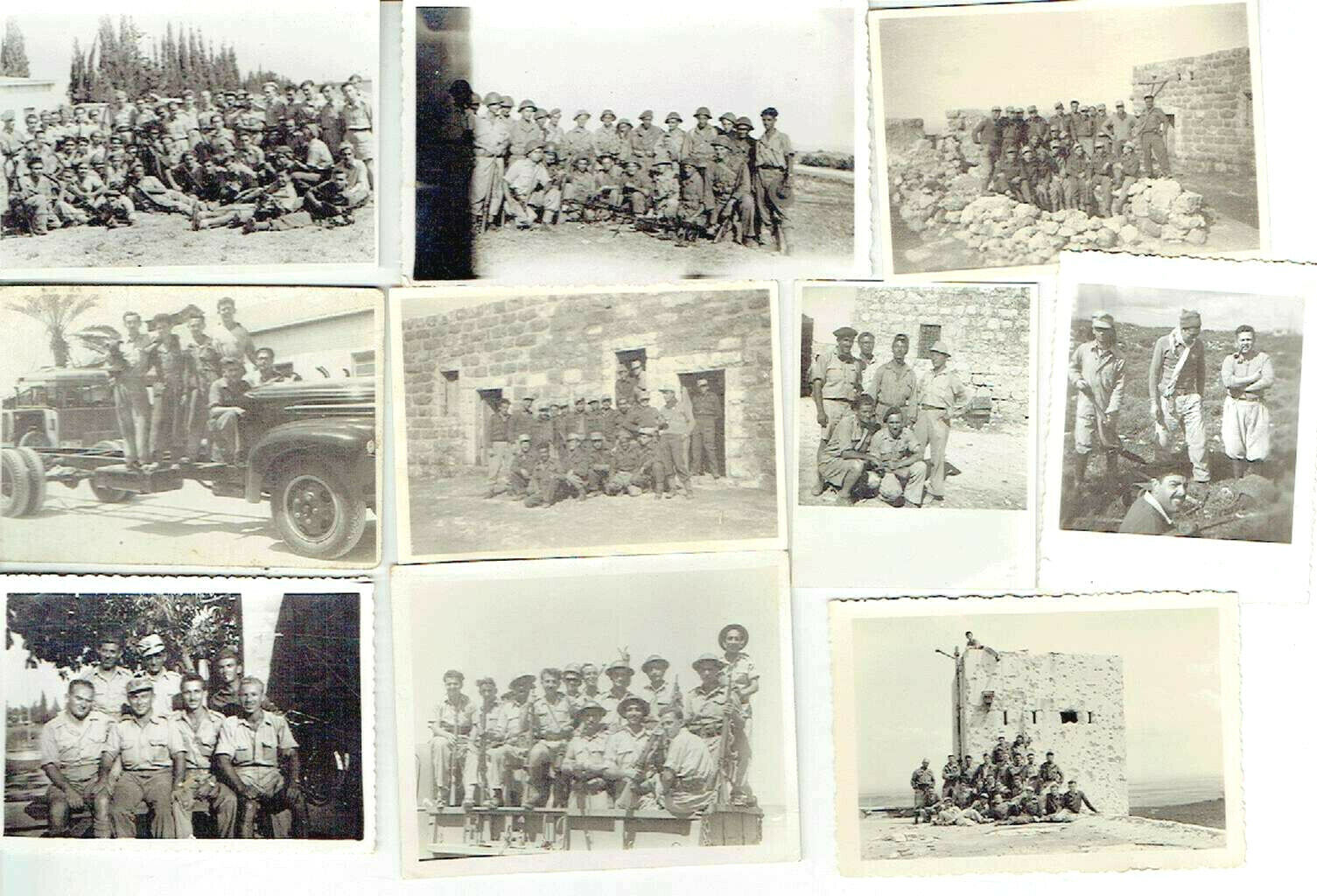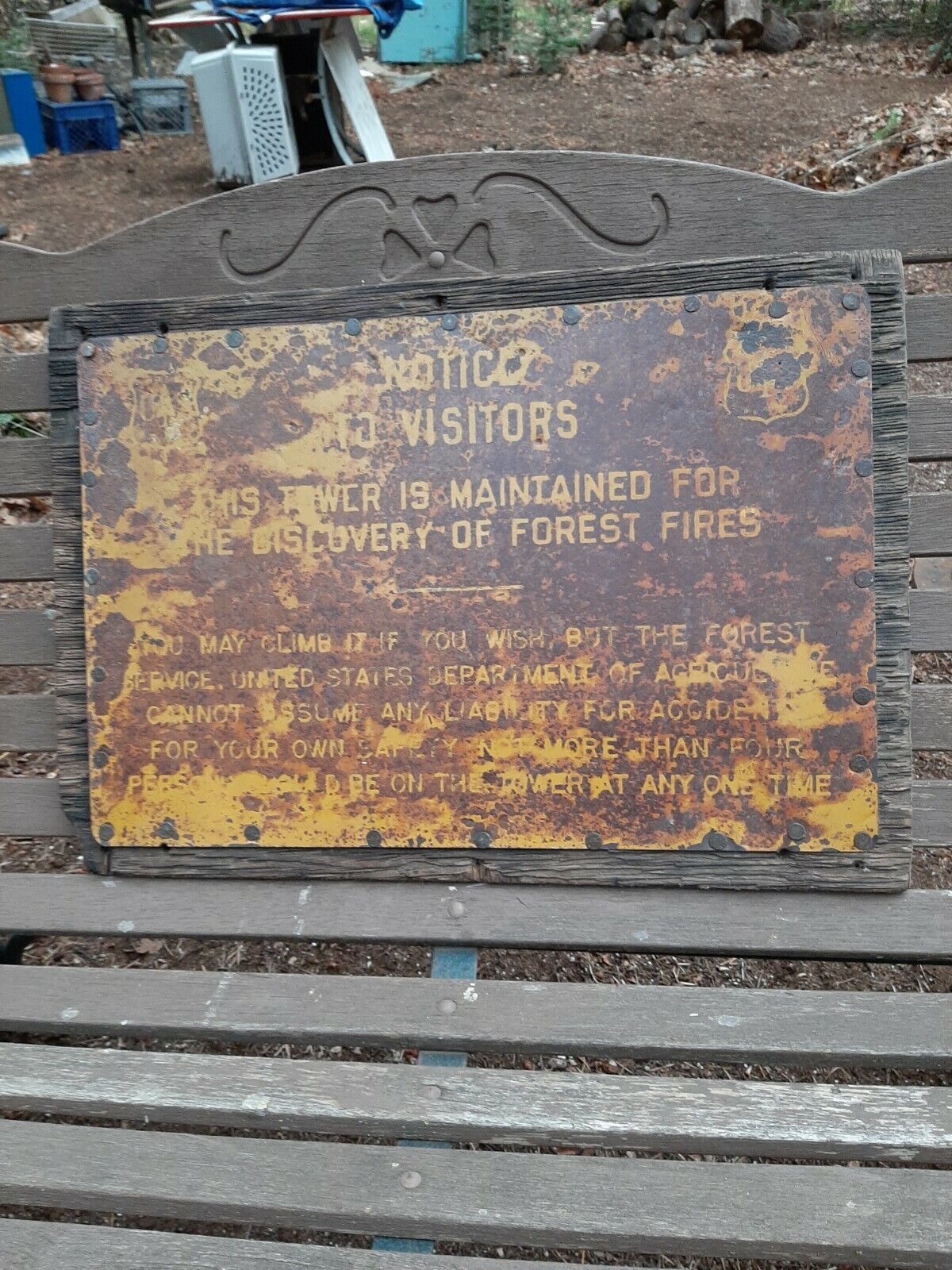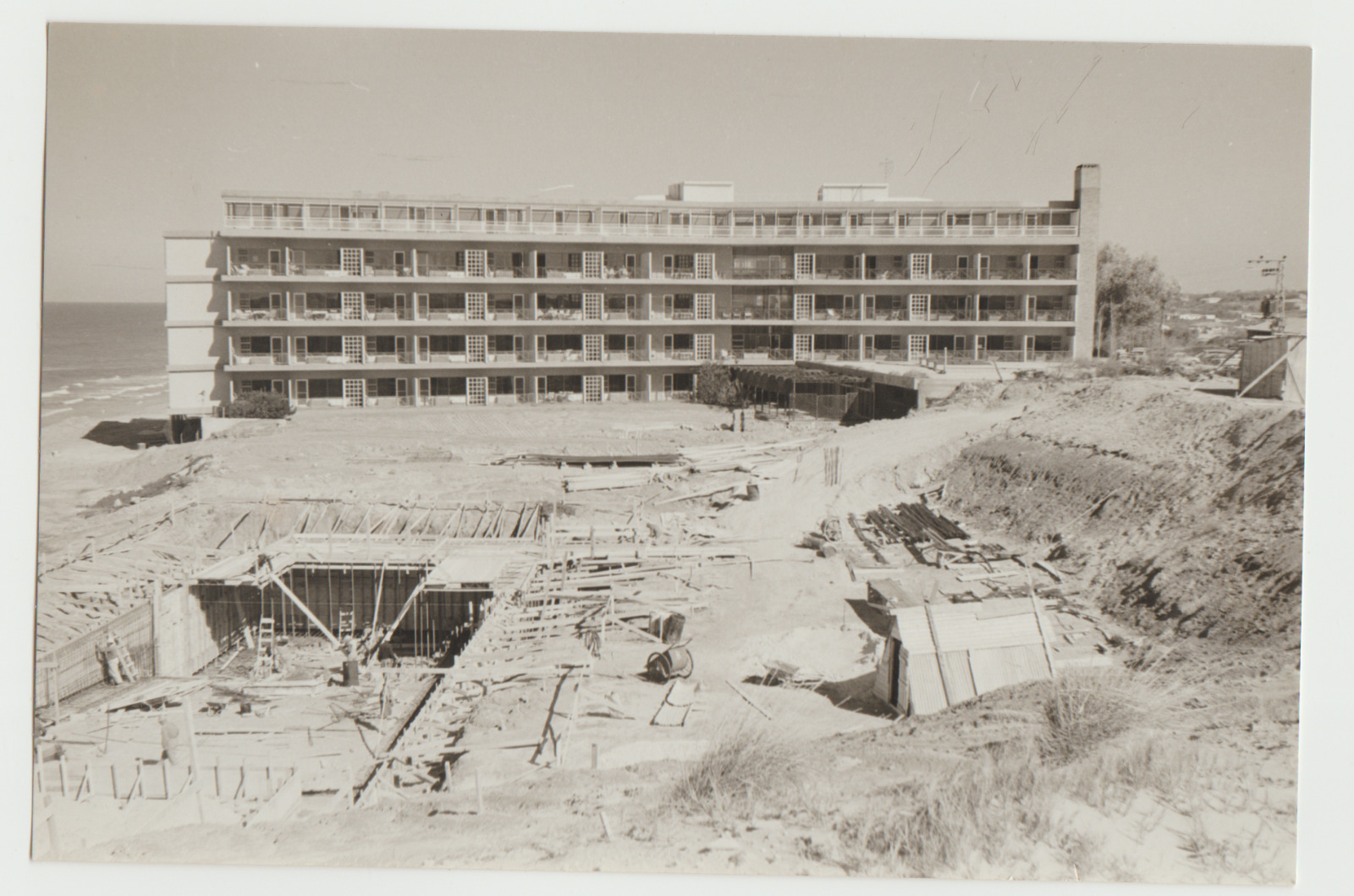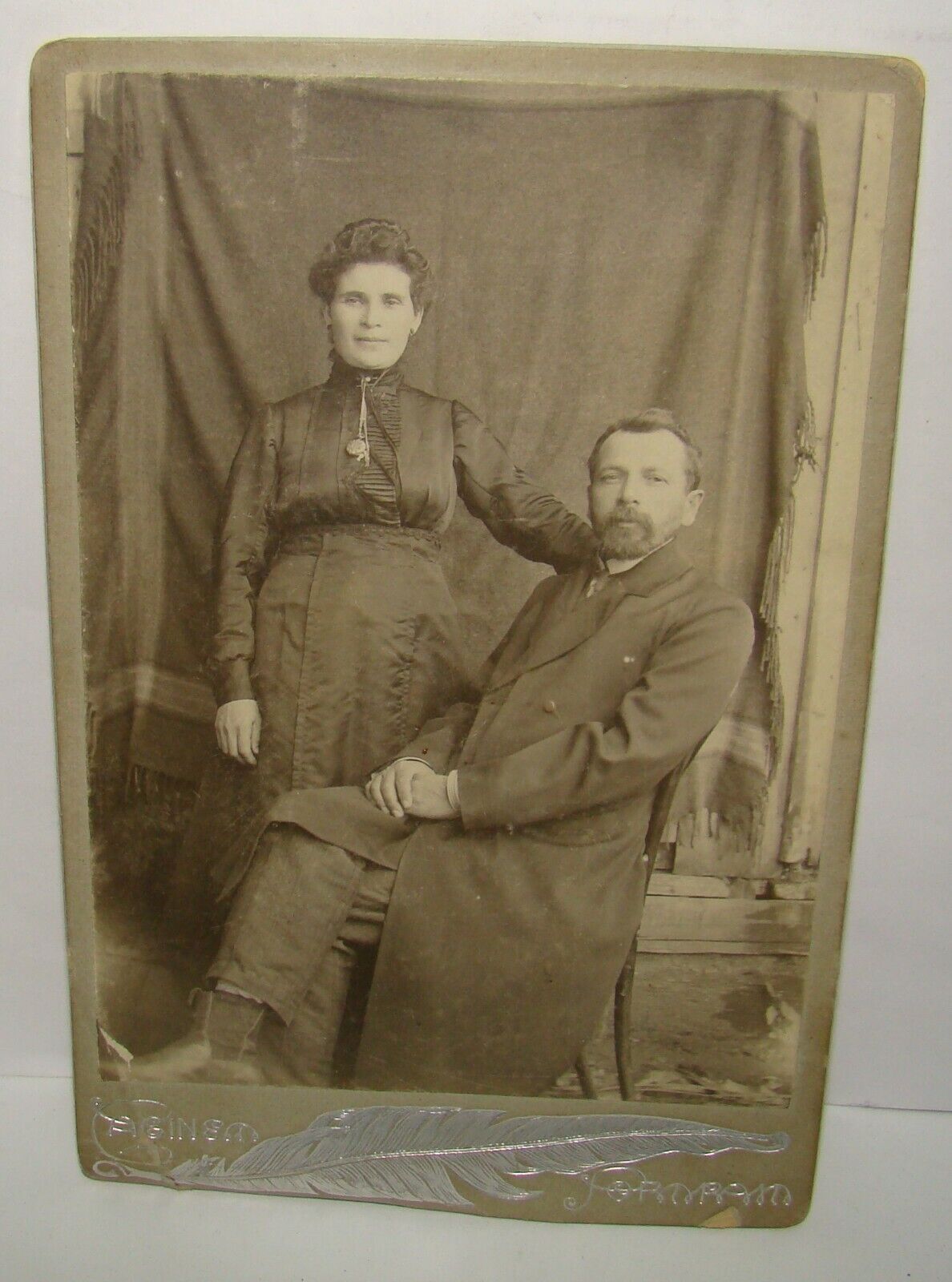-40%
34 Military Photos Palmach, Zahal 1940s In Box with portrait of General Allenby
$ 264
- Description
- Size Guide
Description
34 Original Military Photos: Palmach and Zahal , 1940'sIncluding 2 photos made in Jewish DP camp in Germany
Before leaving for Palestine
In original tin box of British Mandate period with portrait of General Allenby,
Size of box: 7.5 x 15.5 x 3.5 cm. (2.9 x 6.1 x 1.3”)
To this box laid 3 photos of Palmach member, the owner of these
photos
Size of photos: ca. 6 x 9 cm. (2.3 x 3.5") and a bit less
Condition: ligth wear to photos, age and use wear to box,
Some rubbing and rusting
The Palmach
(smite troops) was the elite fighting force of the Haganah, the underground army of the Yishuv (Jewish community) during the period of the British Mandate for Palestine. The Palmach was established on 15 May 1941. By the outbreak of the Israeli War of Independence it consisted of over 2,000 men and women in three fighting brigades and auxiliary aerial, naval and intelligence units. With the creation of Israel's army, the three Palmach Brigades were disbanded. This and political reasons compelled many of the senior Palmach officers to resign in 1950.
Field Marshal Edmund Henry Hynman Allenby
, 1st Viscount Allenby, GCB, GCMG, GCVO (23 April 1861 – 14 May 1936) was an English soldier and British Imperial Governor. He fought in the Second Boer War and also in the First World War, in which he led the British Empire's Egyptian Expeditionary Force (EEF) during the Sinai and Palestine Campaign against the Ottoman Empire in the conquest of Palestine. The British succeeded in capturing Beersheba, Jaffa, and Jerusalem from October to December 1917. His forces occupied the Jordan Valley during the summer of 1918, then went on to capture northern Palestine and defeat the Ottoman Yildirim Army Group's Eighth Army at the Battle of Megiddo, forcing the Fourth and Seventh Army to retreat towards Damascus. Subsequently, the EEF Pursuit by Desert Mounted Corps captured Damascus and advanced into northern Syria.
During this pursuit, he commanded T. E. Lawrence ("Lawrence of Arabia"), whose campaign with Faisal's Arab Sherifial Forces assisted the EEF's capture of Ottoman Empire territory and fought the Battle of Aleppo, five days before the Armistice of Mudros ended the campaign on 30 October 1918. He continued to serve in the region as High Commissioner for Egypt and Sudan from 1919 until 1925.


















